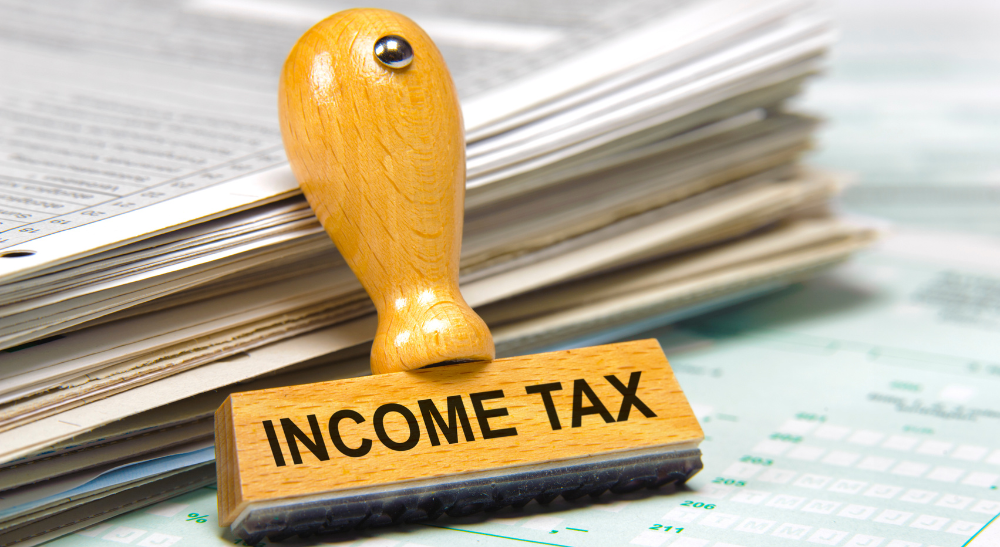411
South Africans Pay More Without a Tax Hike — The Hidden Cost of Bracket Creep

South African households are under growing financial pressure — not just from VAT increases, but from a more subtle squeeze: tax bracket creep.
In the 2025 National Budget, Finance Minister Enoch Godongwana announced that personal income tax brackets would not be adjusted for inflation, alongside a VAT hike that will raise the rate to 16% by 2026/27. Together, these measures are projected to raise R28 billion in 2025/26 and R14.5 billion in 2026/27.
But while the VAT increase has drawn public debate, the failure to adjust tax brackets for inflation is quietly draining consumer spending power — and could endanger economic growth.
Bracket Creep: A Hidden Tax Hike
Bracket creep occurs when salaries increase to keep up with inflation, but tax brackets remain unchanged. This pushes workers into higher tax brackets even though their purchasing power hasn’t actually increased.
Investec chief economist Annabel Bishop explains:
“Consumers lose out on spending power when they are taxed more in real terms. Failure to adjust for inflation means households have lower disposable income, even if their salary rises.”
Since 2012, only three years have seen personal income tax brackets adjusted above inflation, according to OUTA. This creeping tax burden has steadily reduced how much South Africans can spend — especially when combined with higher VAT and excise duties.
The Ripple Effect: Weaker Growth, Rising Wage Pressures
Lower disposable incomes don’t just hurt households — they ripple through the economy. South Africa’s household consumption expenditure (HCE), a major driver of GDP, is now projected to grow more slowly than expected.
FirstRand recently warned Bloomberg:
“The combination of rising inflation, tight monetary policy and higher real taxes will erode households’ ability to spend. Consumer confidence levels signal a dramatic decline in willingness to spend.”
Bishop also noted that this approach could be counterproductive for government revenue. Why? Because it leads to higher wage demands from public sector workers who see their take-home pay shrinking, adding pressure to the national budget.
The 2025 public-service wage agreement will result in a 5.5% increase in salaries, costing the government an additional R7.3 billion in 2025/26, rising to R8.2 billion by 2027/28 — well above previous forecasts.
A Balancing Act: Some Relief Ahead?
While the overall outlook appears grim, there are some positives. Bishop points to the new two-pot retirement system, which will allow limited early pension withdrawals, potentially boosting household spending.
Lower inflation and anticipated interest rate cuts may also offer temporary relief to South African consumers later in the year.
A Dangerous Trend for South Africa’s Economy
Without inflationary adjustments to income tax brackets, South Africans are effectively paying more tax without any rate increases — a slow bleed on household finances that’s easy to overlook.
With consumer spending expected to slow further, and public sector wage pressures rising, the country could be steering toward a deeper economic slowdown if no corrective action is taken.
If the government wants to drive sustainable growth, it may need to rethink its reliance on stealth tax tactics and focus on policies that protect household income and confidence.
{Source Daily Investor}
Follow Joburg ETC on Facebook, Twitter , TikTok and Instagram
For more News in Johannesburg, visit joburgetc.com















